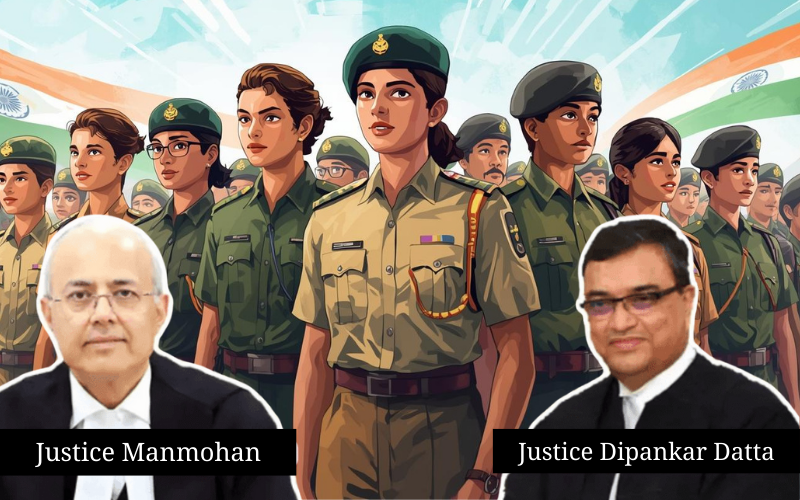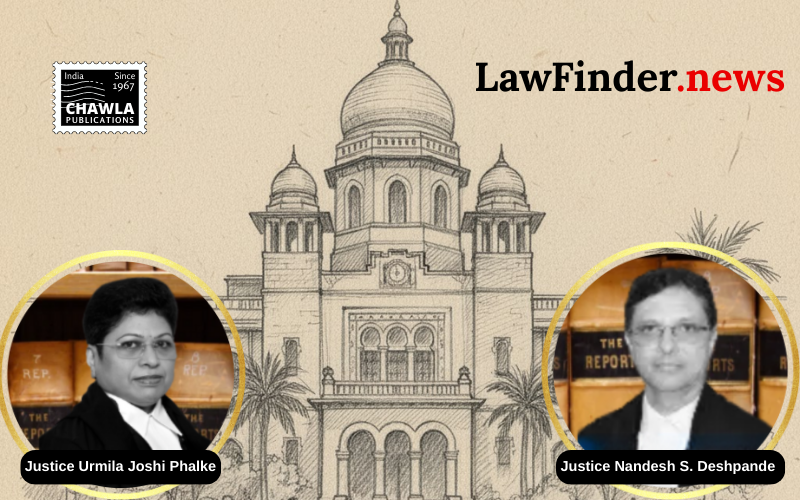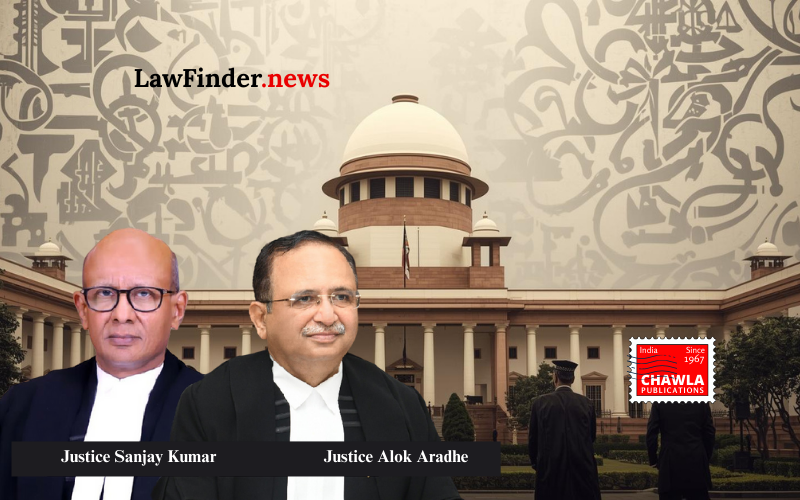Equality in Indian Army Recruitment: Once Women Are Allowed to Join There Can Be No Restriction On Number of Women inducted

Judge Advocate General : Recruitment must be genuinely gender-neutral and merit-based, with combined merit lists for men and women candidates.
The Supreme Court of India’s recent decision in Arshnoor Kaur v. Union of India (2025) marks a significant milestone in advancing gender equality within the Indian Armed Forces, particularly in the Judge Advocate General (JAG) branch recruitment. The judgment addresses the critical constitutional question of whether the Indian Army can impose gender-based quotas limiting women’s induction despite statutory notifications permitting their entry, and emphasizes the principle of meritocracy and constitutional mandates of equality.
Background and Core Issue
The petitioners, Arshnoor Kaur and Astha Tyagi, challenged the Indian Army’s recruitment notification for the JAG branch, which allocated six vacancies for men and only three for women. Despite the petitioners’ higher merit scores compared to some selected male candidates, the selection process relied on separate merit lists and fixed gender-based vacancies. The petitioners contended that this practice violated Articles 14 (Right to Equality), 15 (Prohibition of Sex Discrimination), 16 (Equality of Opportunity in Public Employment), and 19 of the Constitution.
The Constitutional and Legal Framework
The Court carefully analyzed the interplay between:
- Articles 14, 15, and 16: Guaranteeing equality before law, prohibiting sex discrimination in public employment, but allowing special provisions for women under Article 15(3).
- Article 33: Empowering Parliament to modify Fundamental Rights for members of the Armed Forces.
- Section 12 of the Army Act, 1950: Specifying that women’s eligibility for Army enrollment is contingent on Central Government notification.
The Court emphasized that while Article 33 and Section 12 permit certain restrictions on women’s enrollment for military necessity, such restrictions must be explicitly stated in law and cannot be arbitrarily imposed through administrative policies or executive instructions.
Key Findings and Reasoning
1. Notification under Section 12 Permits Women’s Induction Without Extent Restrictions
The Court held that since the government issued notifications allowing women to join the JAG branch, it cannot impose additional restrictions on the number or extent of women inducted via policies or circulars. Such administrative limitations exceed the statutory authority under Section 12 of the Army Act.
2. Invalidity of Outdated Circulars Limiting Women’s Roles
The Army’s reliance on policy circulars from 2011 and 2012 restricting women’s deployment and tenure in certain roles is untenable, especially post the Supreme Court’s earlier decisions affirming women’s right to permanent commission and equal opportunity.
3. JAG Branch Officers Are Not Primarily Combatants
Contrary to the Army’s argument that JAG officers are combatants necessitating male predominance, the Court clarified that JAG forms part of combat support and administrative services, with legal advisory and judicial roles. Thus, gender-based restrictions lack justification.
4. Field Parity and Equal Training for Women Officers
Recent policy changes (2022-23) institutionalize equal attachment, training, and operational exposure for women JAG officers, undermining arguments for separate treatment.
5. Indirect Discrimination in Gender-Specific Vacancy Allocation
The Court recognized that the current 50:50 gender quota system, though facially neutral, results in indirect discrimination against more meritorious women candidates. Statistical evidence showed women outperforming men in the JAG entrance exams but being denied selection due to fixed quotas.
6. Merit-Based Combined Merit List Mandatory
Given the identical nature of the selection tests and evaluation criteria for men and women, the Court directed the preparation of a single, combined merit list irrespective of gender, to ensure selection of the most qualified candidates.
7. Distinction Between Gender-Neutral and Gender-Equal Policies
The Court expounded that a gender-neutral policy selects candidates solely based on merit, ignoring gender, whereas a gender-equal policy mandates equal numbers of men and women regardless of merit. The judgment supports a truly gender-neutral approach.
8. Constitutional Mandate and Government Policy Favor Gender Inclusion
The Court contextualized the judgment within India’s broader commitment to gender equality, citing constitutional provisions, national policies, and international efforts like the Women’s Reservation Act 2023 and India’s G20 presidency emphasizing women-led development.
Directions and Impact
The Court ordered the immediate induction of petitioner Arshnoor Kaur into the next available JAG training course.
It mandated the Union of India to conduct future JAG recruitments based on a combined merit list and publish marks publicly, ensuring transparency.
It struck down the impugned notification’s reservation of double the vacancies for men as unconstitutional.
The judgment reinforces that the executive cannot curtail women’s fundamental rights via internal policies when the statute permits their induction.
Conclusion
The Supreme Court’s Arshnoor Kaur judgment is a clarion call for meritocracy and gender equality in the Indian Armed Forces. It affirms that women who have been legally permitted to serve cannot be sidelined by arbitrary quotas or discriminatory policies. By mandating a true gender-neutral recruitment process based on merit, the Court strengthens the constitutional promise of equality and paves the way for greater inclusion of women in all facets of national defense.
This ruling not only empowers women aspirants but also serves as a precedent for other branches of public employment where gender-based reservations may inadvertently perpetuate inequality. As India progresses towards a more inclusive society, this judgment stands as a beacon of constitutional morality and justice.
Arshnoor Kaur v. Union of India, (SC) : Law Finder Doc Id # 2762295
Trending News

Conviction under the POCSO Act - Sentence suspended consider in a consensual love relationship

A civil dispute arising from a commercial transaction does not constitute a criminal offence of cheating

Manipur violence: SC asks why entire leaked clips not sent for forensic test
